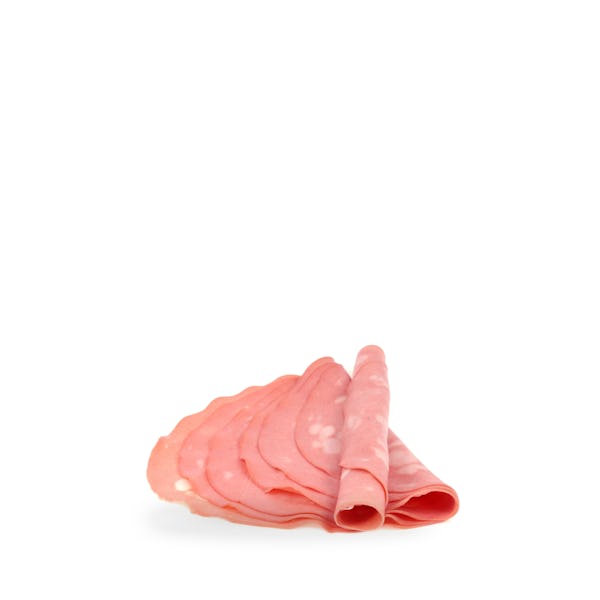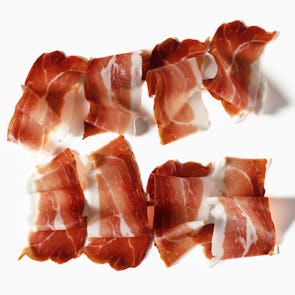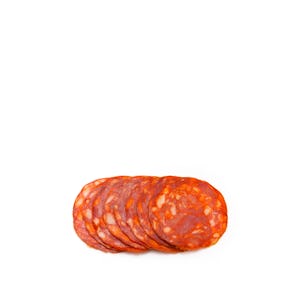


Mortadella by Metzger
The Delicatessen Classic
(Tuesday Jan 06 , 2026)
TASTING NOTES FROM THE CURATOR
This pinkish sausage has an intense spiced smell. It is made using the less precious cuts of pork legs, combined with spices and select flavors. In Bologna, pistachio is traditionally included, though some variants do not contain nuts at all. To all this, small cubes of pork fat are added, giving the sausage its telltale white polka dot appearance when sliced.
PREPARATION OR PAIRINGS
This is a deli catchall classic. From a simple sandwich of this sliced sausage, tomato, and lettuce, to grilled cheeses, it’s easy to come up with all sorts of ways to use mortadella. It makes an interesting addition to pizzas, thinly shaved right after baking or else cut into batons to be crisped up in the oven. It can also be used for filling stuffed pastas or fried up in place of other cured meats like pancetta or bacon.
A Delicacy Rooted in Heritage
Mortadella is one of Italy’s most historic and beloved charcuterie treasures. Its origins trace back to the 14th century in Bologna, where skilled artisans perfected the art of finely ground pork, gently spiced, and enriched with cubes of silky fat—and in some versions, delicate green pistachios.
While Mortadella Bologna holds the IGP seal and follows strict regional methods, other Italian towns have developed their own interpretations: garlicky Mortadella di Prato from Tuscany, lightly smoked styles from Amatrice, and rare rustic variants that speak to local tradition.
Ours highlights the refinement and subtlety that makes mortadella more than just a cold cut—it’s a story of craftsmanship, preserved in every slice.
Storage Instructions
This type of sausage may be stored, unopened, for up to 2 weeks in the refrigerator. After opening, it should be consumed within a week.








